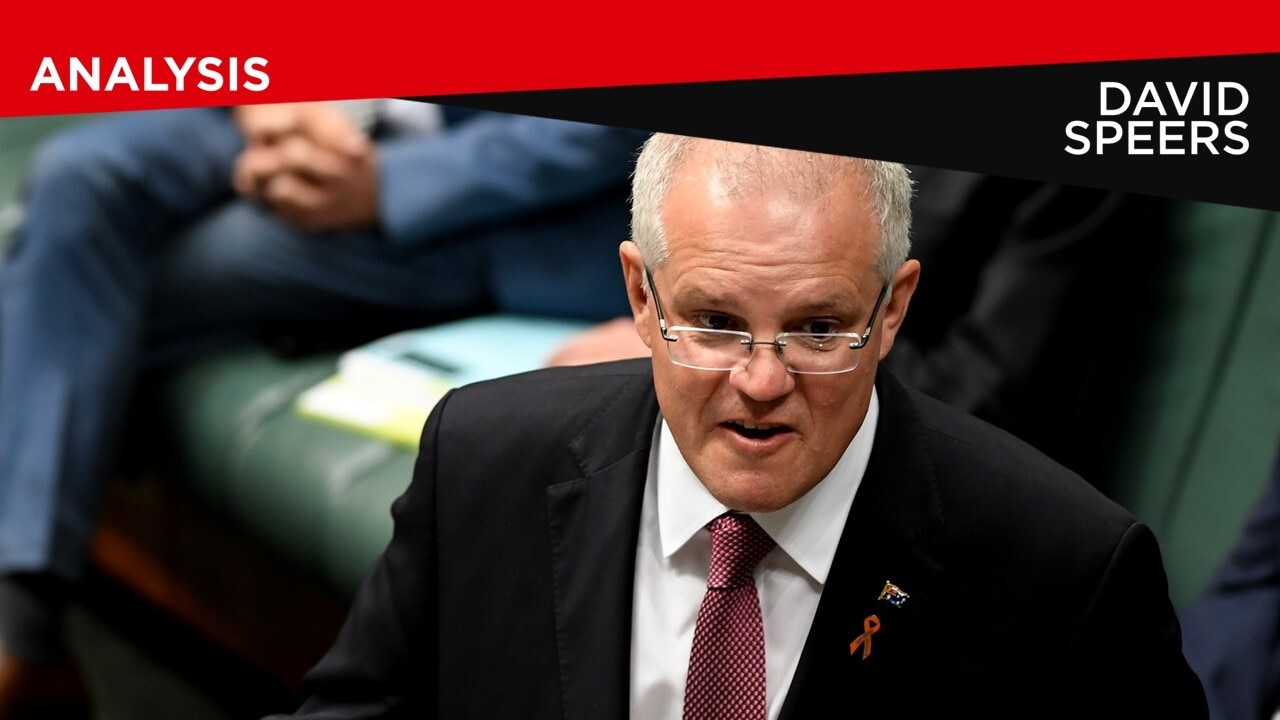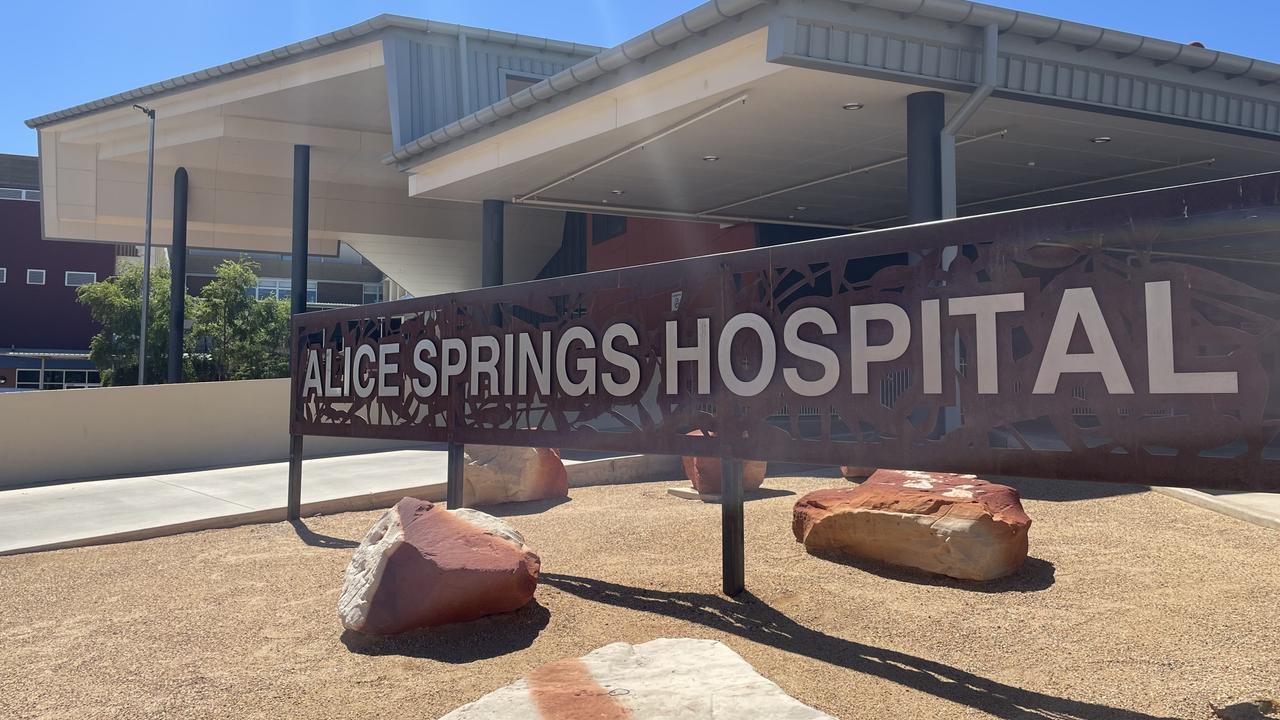Closing the Gap: NT Aboriginal life expectancy lagging behind the rest of the country
A baby born in the Territory today will die 13 years earlier than a bub in the neighbouring cot because of a single factor.

News
Don't miss out on the headlines from News. Followed categories will be added to My News.
A baby born in the Territory today will die 13 years earlier than a bub in the neighbouring cot based off a single factor.
The Australian Bureau of Statistics released the latest data on the Aboriginal life expectancy gap on Tuesday, concluding that the NT had the worst life expectancy in the country.
According to the 2020-22 data, Indigenous men are expected to live to just 65.6 years and women to 69.4.
The NT lags behind all other states in addressing the life expectancy gap between Aboriginal and non-Indigenous people, with a First Nations child born today expected to die 13 years before their non-Indigenous friends.
For Indigenous girls their life expectancy has gone backwards over the past four years, with Territory women dying four months earlier than they were in 2018.
Aboriginal men in the Territory are predicted to die 13.5 years before their non-Indigenous friends, with women passing away 13.8 years earlier.
Nationally the life expectancy gap was smallest within inner and outer regional areas, with men passing away 6.8 years and women 6.5 years before their peers — with remote Indigenous Australians dying 12.4 years before their non-Indigenous neighbours.
The National Agreement on Closing the Gap set a target to close the life expectancy gap by 2031 — but with seven years left the Territory is not on track to meet this goal.

Aboriginal Medical Services Alliance Northern Territory chief executive John Paterson said this data put a spotlight on the systemic issues leading to the premature deaths of thousands of Territorians.
“When we talk about the life expectancy gap between Aboriginal and non-Aboriginal people, we often focus on things like the higher rates of chronic disease,” he said.
“However, the true underlying reason for our poor health is the ongoing impacts of colonisation and what we call the social determinants of health – overcrowded housing, lower levels of education, lack of access to safe drinking water on remote communities, lack of employment.”
Dr Paterson said if the NT government was committed to closing the gap, it had to transform the bureaucratic systems that were gatekeeping data, passing off “piece meal” solutions and
“Self-determination is what is needed and governments have still not relinquished their control,” he said.
“We want an independent mechanism to keep governments accountable to their promises and the way they work with us.”
Dr Paterson also called for a holistic perspective to health, calling for the ministers for health, education, infrastructure and housing to stop making decisions about Aboriginal people’s lives in a silo.
“This is why a Voice to cabinet is so important – this is the only place where they are together and can see the interconnections between their own portfolios and how one decision can impact in another area.”

Health minister Selena Uibo said while there had been some “significant advances” in life expectancy — due to improved nutrition, housing and health care — “we know there is still more work to do”.
Ms Uibo said Aboriginal men were living nine years longer while women were living 4.9 additional years compared to 20 years ago.
“A number of strategies that look at reducing tobacco and alcohol consumption, promoting healthier lifestyles, improved renal and cancer treatment and preventive work into chronic conditions have all contributed to this increase,” she said.
The NT Aboriginal Health Plan 2021-2031 found Aboriginal people currently make up 70 per cent of hospitalisations, with the lack of medical services in community contributing to more chronic emergency department admissions.
“Aboriginal people in the NT experience high rates of social disadvantage, poverty and low levels of health literacy; these factors contribute to higher rates of poor health and mortality compared to non-Aboriginal people,” it said.
More Coverage
Originally published as Closing the Gap: NT Aboriginal life expectancy lagging behind the rest of the country









